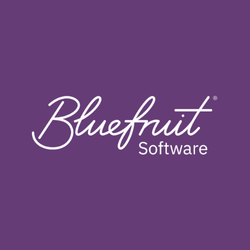Dive Brief:
- Roche announced Friday that its SARS-CoV-2 and influenza A/B test for use on the company's cobas 6800/8800 systems has received an emergency use authorization from the FDA.
- While it is the fourth EUA for a test that detects and differentiates the viruses that cause COVID-19 and flu, Roche contends it has the first commercial diagnostic that runs on fully automated high-throughput systems and can detect and differentiate the SARS-CoV-2, influenza A and B viruses in a single sample.
- FDA in July granted emergency authorization to a test developed by the Centers for Disease Control and Prevention that can determine if a patient is infected with the flu or the novel coronavirus. The regulatory agency previously authorized similar combination tests from BioFire Diagnostics and Qiagen in the spring. However, the nod to Roche's diagnostic is the first for such a major testing manufacturer.
Dive Insight:
With the ongoing coronavirus pandemic and the fall influenza season beginning, healthcare providers could face a significant challenge in distinguishing between the two contagious respiratory illnesses caused by different viruses. Given that some of the patient signs of COVID-19 and the flu are similar, CDC has said it might be hard to tell the difference between them based on symptoms alone and testing may be needed to confirm diagnosis.
"To differentially detect SARSCoV-2, information from a test that detects and differentiates the virus that causes COVID-19 and the common influenza viruses that cause seasonal epidemics of flu, influenza A and B (not influenza C) is needed during the flu season that coincides with the COVID-19 pandemic," the FDA wrote in its July letter to Director Robert Redfield granting an EUA to CDC's combination test.
All four combination tests authorized by FDA work by testing a single sample from a patient for multiple respiratory diseases. A major advantage of combination testing is that it requires fewer supplies, such as swabs, reagents and personal protective equipment, which are currently in short supply amid the pandemic and could be further strained resources in the coming flu season.
Roche contends what separates its test, which runs on the company's cobas 6800/8800 systems and is also available in countries accepting the CE mark, is that it offers the quickest time to results with the "highest throughput and the longest walk-away time available among automated molecular platforms." Both systems provide up to 96 results in about three hours and 384 results for the cobas 6800 system and 1,056 results for the cobas 8800 system in an 8-hour shift, according to the company.
Roche warned in its EUA announcement that negative results from its combination test do not preclude SARS-CoV-2 or influenza virus infection, and should not be used by providers as the sole basis of treatment for patients. "Negative results must be combined with clinical observations, patient history and epidemiological information," the company said.
What's also unclear at this point is how the influenza virus might interact with the coronavirus if a person has both viruses, a real possibility with the impending flu season. Public health experts acknowledge that the available information on COVID‐19 and influenza coinfection is limited but the two viruses, which can both cause dangerous inflammation in the lungs, could infect a patient simultaneously and potentially increase the severity of respiratory failure.












